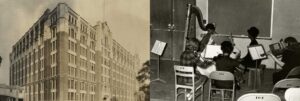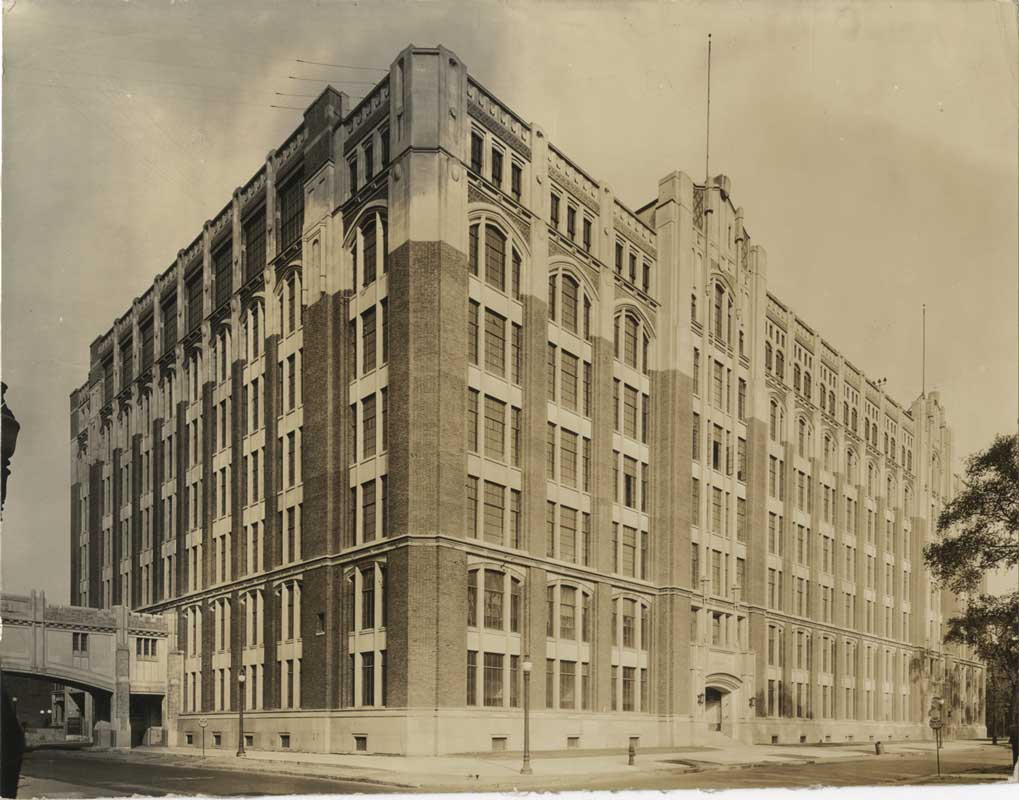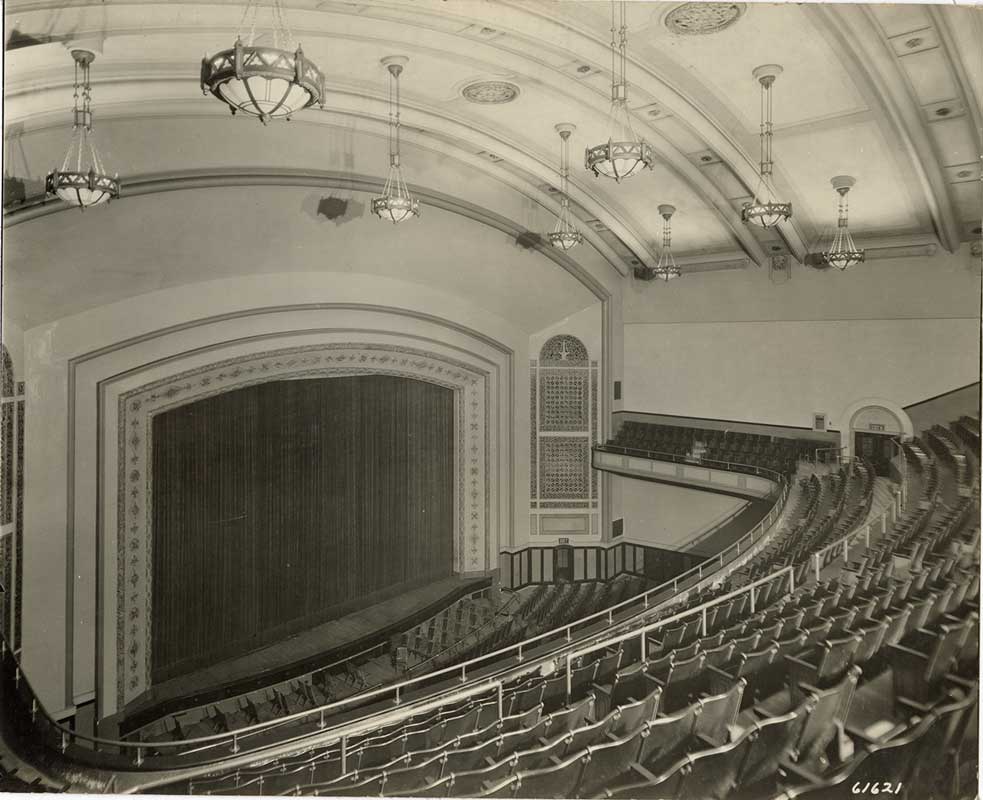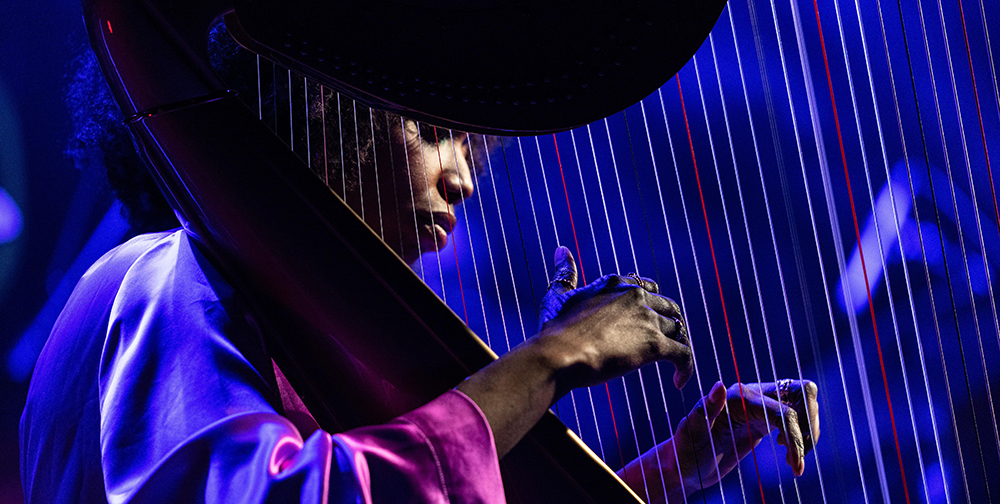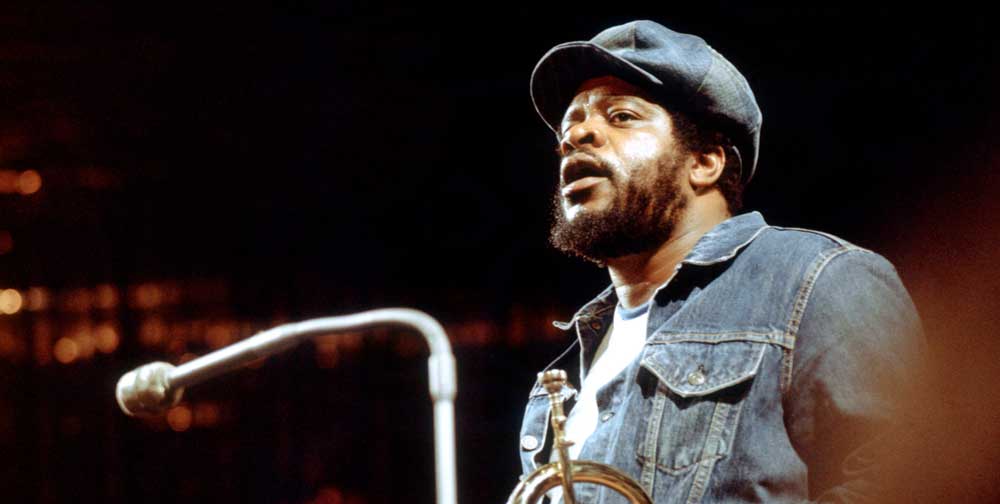“The history of jazz and the history of jazz from Detroit are indivisible. You can’t tell one story without the other,” wrote Mark Stryker in his erudite book from 2019 Jazz From Detroit.
After tracing the scene from its birth amongst the black working class in the 1940s who spent nights in the jazz clubs like Blue Bird Inn after long days in the auto industry factories, Stryker turns his attention to the highly respected school music programmes. “The most celebrated high school program was at Cass Technical High School, which operated as a magnet school for high-achieving students across many disciplines, among them science, engineering, art, and music,” he wrote.
Cass Technical High School opened its doors at 2501 Second Avenue in 1907 from where Detroit architect Albert Kahn’s new Midtown building rose up at a cost of $3.93 million (approximately $50 million today). “It is by far the largest, most modern and most fully equipped of any high school not only in Detroit but in Michigan as well and it ranks among the largest in the country, with room for nearly 4,400 students and 50 classrooms,” the Detroit News wrote in September 1922 when the new building opened.
As with Detroit’s most famous other public secondary school Miller High, Cass became a breeding ground for Detroit’s jazz culture. Its first music programmes – The Cass Technical High School Harp and Vocal Ensemble, and the closely related Harp Ensemble were established in 1925.
Photographs courtesy of Burton Historical Collection, Detroit Public Library. Click to enlarge.
The Home of Jazz Harp
One of its star students was Velma Froude, something of a child prodigy who was already teaching piano by the age of 11 but switched to the harp when she enrolled at Cass Tech in 1926. Such was her mastery of the instrument that after she graduated, the school invited her back as a harp teacher. Her groundbreaking Harp and Vocal Ensemble programme is today nearing its centenary.
The year 1947 saw the arrival of conductor Dr. Harry Begian, who led the school’s concert band programme until 1964. The unique and rigorous programme was designed around the classical tradition, but as Mark Stryker explained, Begian was “sympathetic to those with jazz proclivities [and] allowed jam sessions in the band room.”
Hard Bop Stars
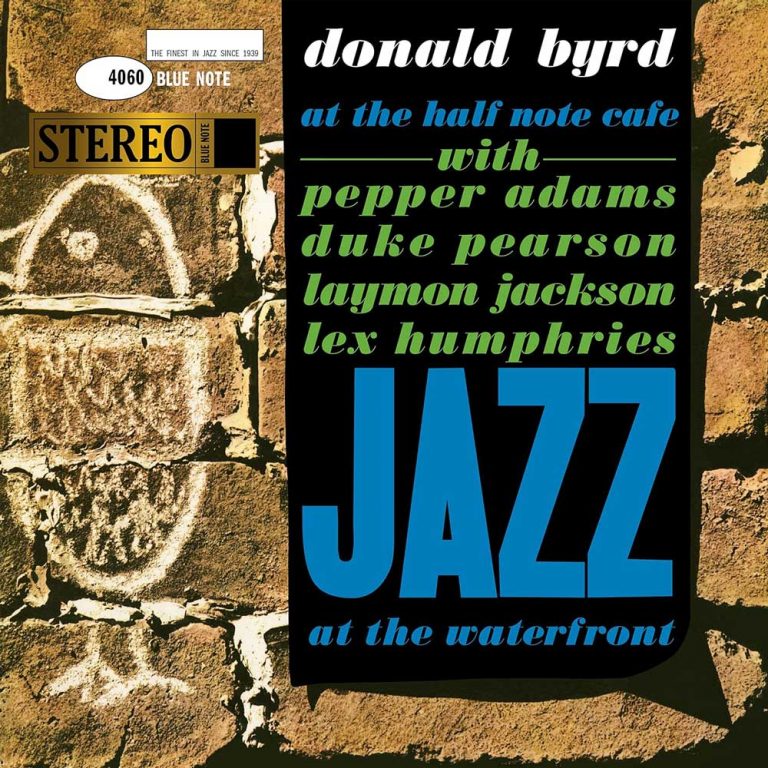
DONALD BYRD At The Half Note Cafe, Vol. 1 (Blue Note Tone Poet Series)
Available to purchase from our US store.One of Cass’s other most famous jazz musician students, Donald Byrd, remembered Harry Begian as a strict disciplinarian. “At the time, I thought he was the worst son of a bitch in the world,” he told the Detroit Free Press in 1999. “He wouldn’t let you get away with a thing. But I loved him.”
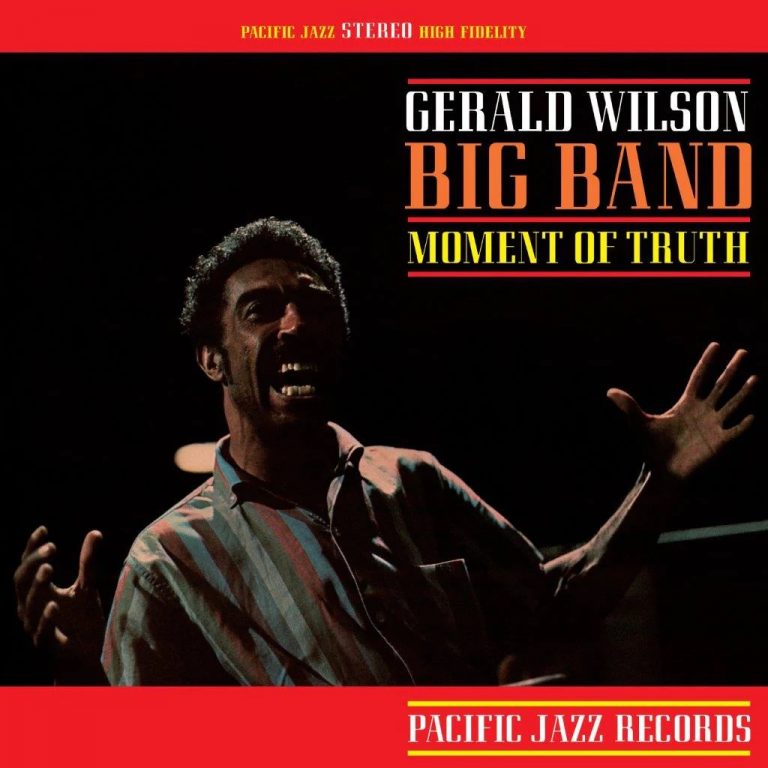
GERALD WILSON Moment of Truth
Available to purchase from our US store.Cass Tech’s reputation for nurturing great young jazz musicians led to local bandleaders often dropping by to scout talent. One of those was alto saxophonist Jimmie Lunceford who invited trumpeter Gerald Wilson into his famous big band in 1939 after hearing him at Cass Tech in his senior year. Wilson later penned a track “Cass Tech” in tribute to the school on his 2009 album “Detroit”.
Alongside Donald Byrd and Gerald Wilson, some of those to study at Cass Tech during the mid 20th Century included bassist Ron Carter, saxophonist Wardell Grey, saxophonist Billy Mitchell, and bassist Paul Chambers. And in more recent years such players as pianist Geri Allen, violinist Regina Carter, drummer Gerald Cleaver, and vocalist Carla Cook have benefited from the school’s famously disciplined music programme.
Dorothy Ashby
Since 2007, the harp programme has been run by ex student Lydia Cleaver who studied under Patricia Terry-Ross who herself had been tutored by Velma Froude, directing the Ensemble from 1976-2007.
In an article from April 2023 in the Detroit Free Press in advance of the Cass Tech’s harp program’s centenary Cleaver explained the enduring appeal of the harp. “There’s something about this particular instrument that when you play it, it goes through you,” she said. “Oftentimes we’ll have grown men in the audience who are weeping because of the effect that that experience has.”
The most famous harpist to rise through the Cass Tech programme was Dorothy Ashby who tore the harp from its classical roots. Speaking in Dominique-René de Lerma’s 1970 book Reflections on African American Music she recalled her formative days at the school. “The school had only five harps, but there were thirty students. Scheduling problems forced me to design a fast learning plan so I could get as much accomplished as possible during the school year. Naturally, I developed some unorthodox techniques.”

DOROTHY ASHBY The Rubáiyát Of Dorothy Ashby
Available to purchase from our US store.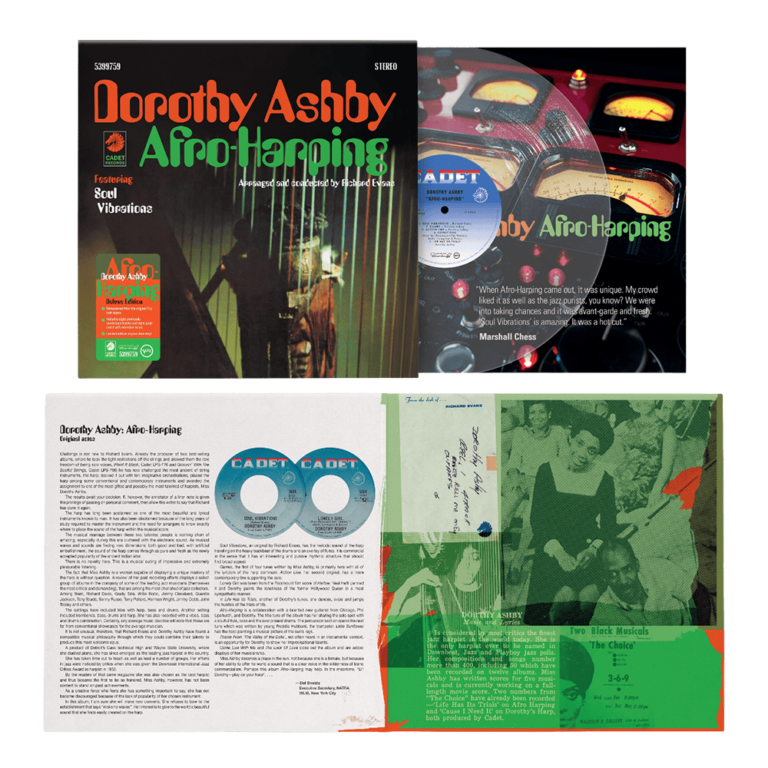
DOROTHY ASHBY Afro-Harping (Deluxe)
Available to purchase from our US store.Those techniques would come to the fore on her debut album, “The Jazz Harpist” in 1957. Two equally influential albums followed for Prestige the following year “Hip Harp” and “In a Minor Groove”. But it is her trio of albums she wrote, played and sang on for the Cadet label in the late 1960s she is best known for. From 1970 “The Rubáiyát of Dorothy Ashby” was inspired by the writings of the Persian poet/astronomer Omar Khayyam, and is every bit as heady as you might expect.
Of her revolutionary approach to the harp Ashby later told W. Royal Stokes in his book Living the Jazz Life. “Nobody told me these things were not done on the harp, I was just doing what I knew I liked.”
Geri Allen

GERI ALLEN Twenty One
Available to purchase from our US store.A similarly revolutionary spirit drove one of Cass Tech’s most famous later alumni, pianist Geri Allen who tragically passed away in 2017 at the age of just 60. Alongside vocalist Cassandra Wilson she was the best known female member of the M Base Collective, Steve Coleman’s sprawling New York street jazz troupe. But it was as a teenager at Cass Tech that she earned her spurs within the fertile Detroit scene. One of her teachers there was trumpeter Marcus Belgrave who Allen went on to be mentored by in his Jazz Development Workshop.
Released in 1994, her third album for Blue Note “Twenty One” was recorded with fellow Cass alumni bassist Ron Carter and drummer Tony Williams, and is a great entry point to the lyricism and rhythmic ingenuity of the late pianist.
Cass Tech also nurtured violinist Regina Carter, saxophonists Kenny Garrett and James Carter, bassists Rodney Whitaker and Robert Hurst and drummers Karriem Riggins and Ali Jackson. Alongside Phil Ranelin and Wendell Harrison’s Tribe Records, Harrison’s nonprofit jazz performance and education organisation Rebirth Inc, and Kenny Cox’s Strata Records Inc, the Workshop represented an ongoing legacy of self-determination by Detroit’s black jazz musicians.
And the space that artists such as Allen created between freedom and discipline is in some way symbolic of the Cass Tech approach to jazz that is continuing to birth talent of the future. As their most famous modern day student Jack White explained to NPR: “going to [Cass] at age 14 was all of a sudden like you were going to Harvard.”
Andy Thomas is a London based writer who has contributed regularly to Straight No Chaser, Wax Poetics, We Jazz, Red Bull Music Academy, and Bandcamp Daily. He has also written liner notes for Strut, Soul Jazz and Brownswood Recordings.
Header images: Cass Technical High School. Photos: Burton Historical Collection, Detroit Public Library.
